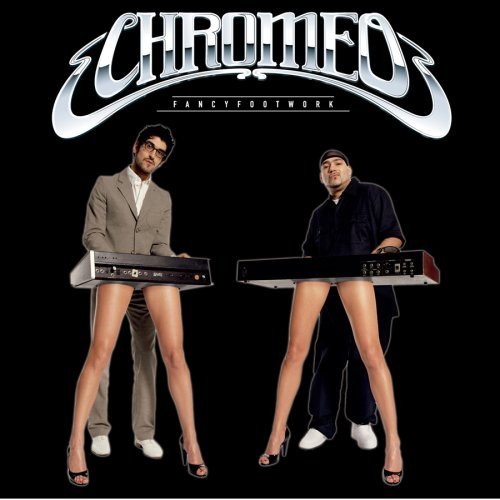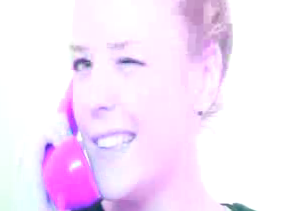This is a link to a short directors commentary of the film Twilight. The style of the commentary is very simple, the directors voice is dubbed over a short scene in the film. He is giving he feelings and feedback on the scene and states the difficulties they went through while filming such as the character Bella having contacts in due to poor conditions and how Taylor who is covered in water and is so cold that steam is coming off of his body.
http://www.movieweb.com/dvd/DVtg6yuzqYaNwC/directors-commentary
Two types of commentary are scripted commentary and live commentary.
Scripted commentary
Pros:
- You can provide the audience with clearer accounts of your veiws as you have already planned what your going to say.
- You have all the time in the world to think about what you want to say, how you want to phrase it, and get as many chances as you like to record your narration. And if you don’t like it you can rewrite and try again.
- Writing and recording a script is very time consuming. You’re essentially going through the entire peice many times, watching each scene and giving full details of it.
- It can be quite a daunting task to think of enough stuff to talk about for the entire time the peice is playing and you can’t have dead air in a script.
- Unless you’re especially skilled, reading from a script sounds exactly like reading from a script. There’s really no way around this but hopefully the stuff you’re talking about is interesting enough that it won’t be a dealbreaker for anyone.
Pros:
- Nothing gets that “reacting to a subject in real time” rather than planning and structuring your feelings. Why edit out your mistakes when you can instead indulge in some good old-fashioned self-depreciating humor?
- Not only is editing out mistakes much more difficult, but so are retakes. If you say something too dumb for publication, or don’t have the volume set correctly you have to go back.
- Watching a peice of work as well as thinking about what to say can prove difficult.
- Including a split screen. One side will feature the scene in our music that we are making comments on and the other the footage of us talking about it. This could make our peice more interesting.
- Screen shots of things that we would be talking about such as how we created and edited different parts of our video i.e. screen shots of final cut.
- Include images of our digipack and examples of how we created them.
- Voice over, over specific parts of our video.
- Include text to keep our peice interactive.
















